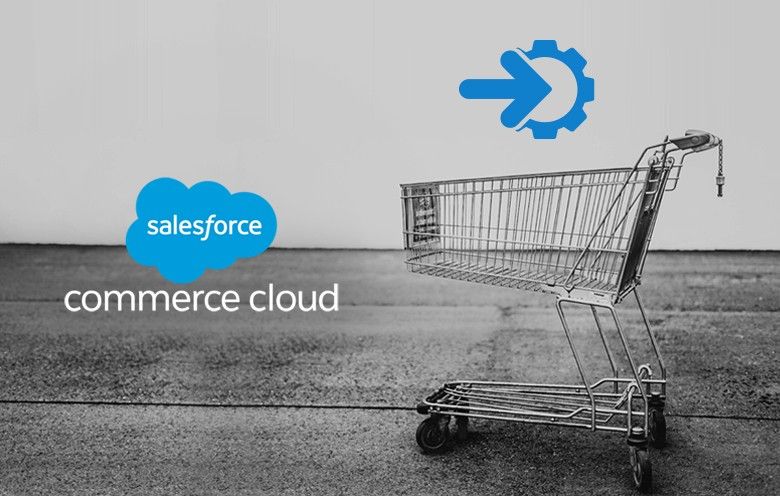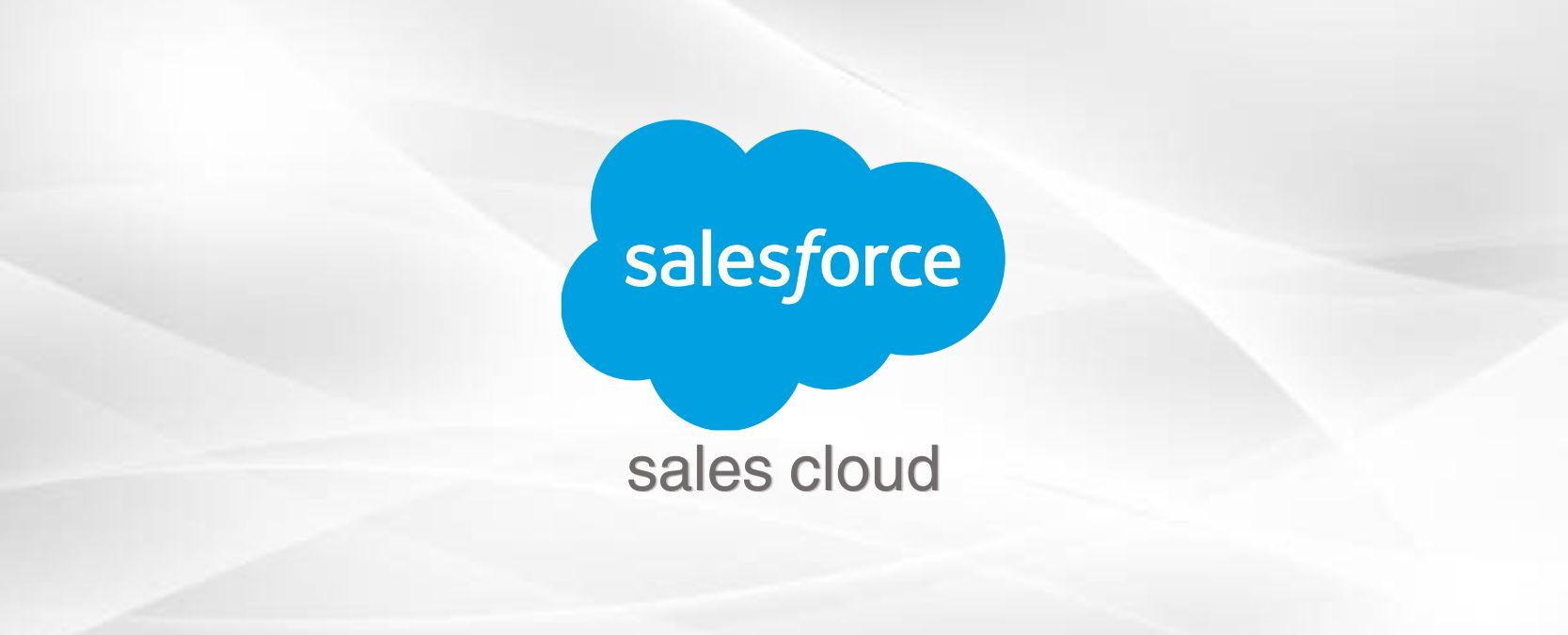In today’s rapidly evolving digital landscape, businesses are constantly looking for innovative ways to stay competitive, enhance customer experience, and drive growth. Salesforce Commerce Cloud has emerged as a powerful platform for businesses seeking to achieve digital transformation and deliver seamless e-commerce experiences. Winklix, as a leading Salesforce consultant, is uniquely positioned to guide companies through this journey, leveraging its expertise to unlock the full potential of Salesforce Commerce Cloud.
In this article, we’ll explore what Salesforce Commerce Cloud is, how it empowers businesses in their e-commerce ventures, and why Winklix is the partner of choice for organizations seeking to make the most of this robust platform.
Understanding Salesforce Commerce Cloud
Salesforce Commerce Cloud is an e-commerce platform that enables businesses to create customized, responsive, and scalable online shopping experiences. By leveraging the power of the Salesforce ecosystem, Commerce Cloud helps businesses drive growth, increase customer engagement, and streamline operations.
The platform offers two main products:
- B2C Commerce: Designed for direct-to-consumer businesses, this version of Commerce Cloud enables retailers to provide seamless and personalized shopping experiences across various channels, including web, mobile, social, and physical stores.
- B2B Commerce: Tailored for companies selling to other businesses, B2B Commerce empowers organizations to manage complex purchasing processes, facilitate account-based pricing, and provide self-service capabilities to customers.
Salesforce Commerce Cloud provides a suite of tools that allow businesses to manage and optimize every aspect of the e-commerce experience, including product catalogs, pricing, inventory management, order fulfillment, and customer service. As a cloud-based solution, it also enables businesses to scale efficiently, adapt quickly to market trends, and innovate without the constraints of traditional infrastructure.
Key Features and Benefits of Salesforce Commerce Cloud
Salesforce Commerce Cloud offers a wealth of features that enable businesses to enhance their e-commerce offerings and achieve sustainable growth. Some of its key features include:
- Unified Shopping Experience
Commerce Cloud’s unified platform ensures that customers enjoy a consistent shopping experience across all touchpoints, whether they’re shopping on a website, a mobile app, or through social media. By integrating with other Salesforce solutions like Marketing Cloud and Service Cloud, it enables businesses to create a holistic view of the customer journey. - AI-Powered Personalization
Salesforce Einstein, the platform’s AI engine, powers intelligent product recommendations, search results, and content personalization. This AI-driven approach helps businesses deliver tailored experiences that increase customer engagement and conversion rates. - Mobile-First Capabilities
With more shoppers using mobile devices than ever before, Commerce Cloud is designed with a mobile-first approach. Its responsive design and mobile-optimized features ensure that customers have a smooth shopping experience on any device. - Omnichannel Order Management
Order management can be a complex process, especially for businesses operating across multiple channels. Commerce Cloud’s order management system (OMS) simplifies order processing, fulfillment, and returns, providing a seamless experience for customers and reducing operational complexity. - Scalability and Flexibility
As a cloud-native platform, Salesforce Commerce Cloud provides unmatched scalability. Businesses can easily expand their online presence, add new products or services, and handle increased traffic during peak seasons without worrying about infrastructure limitations. - Enhanced Security and Compliance
Salesforce takes data security and compliance seriously, ensuring that businesses using Commerce Cloud can protect sensitive customer information. This is especially important for companies operating in regulated industries, where compliance is crucial. - Comprehensive Analytics
Commerce Cloud provides businesses with real-time insights into customer behavior, sales performance, and operational efficiency. By leveraging these analytics, companies can make data-driven decisions that enhance customer experience and drive revenue growth.
Why Choose Winklix as Your Salesforce Commerce Cloud Consultant?
Winklix has built a reputation as a trusted Salesforce consultant, known for its deep expertise, customer-centric approach, and proven track record of successful implementations. Here’s how Winklix can help businesses maximize their investment in Salesforce Commerce Cloud:
- End-to-End Implementation
Implementing Salesforce Commerce Cloud requires a thorough understanding of business requirements, technical expertise, and a well-defined strategy. Winklix provides end-to-end implementation services, guiding businesses through every step of the process, from initial setup and configuration to customization and deployment. - Tailored Solutions for Unique Business Needs
Every business is different, and Winklix understands the importance of tailoring solutions to meet each company’s unique needs. By taking the time to understand a client’s objectives, target audience, and pain points, Winklix can design a customized solution that maximizes the impact of Salesforce Commerce Cloud. - Expertise in Integrations
For businesses looking to integrate Commerce Cloud with other platforms, such as ERP systems, marketing automation tools, or third-party applications, Winklix has the expertise to make it happen. By ensuring seamless integrations, Winklix helps companies create a cohesive ecosystem that streamlines operations and enhances customer experience. - Focus on Customer Experience
Winklix places a strong emphasis on enhancing the customer experience, understanding that a positive shopping journey is crucial to driving growth and customer loyalty. With Commerce Cloud’s personalization features and Winklix’s expertise in optimizing customer interactions, businesses can create memorable shopping experiences that set them apart from the competition. - Ongoing Support and Optimization
Implementing Salesforce Commerce Cloud is just the beginning. Winklix offers ongoing support and optimization services to ensure that businesses continue to derive value from the platform. By monitoring performance, providing updates, and implementing new features, Winklix helps businesses stay competitive and responsive to changing customer demands. - Data-Driven Insights and Analytics
Winklix’s data experts help clients leverage Commerce Cloud’s analytics capabilities to gain valuable insights into customer behavior, sales trends, and operational efficiency. This data-driven approach enables businesses to make informed decisions, optimize their strategies, and continuously improve the customer experience. - Proven Track Record of Success
Winklix has successfully implemented Salesforce Commerce Cloud for businesses across a variety of industries, demonstrating its ability to deliver results in diverse environments. With a team of experienced Salesforce-certified professionals, Winklix brings a wealth of knowledge and best practices to each project, ensuring a smooth and successful implementation.
Winklix’s Approach to Salesforce Commerce Cloud Implementation
Winklix follows a structured approach to Salesforce Commerce Cloud implementation that ensures a seamless transition to the platform and maximizes the return on investment. Here’s a glimpse of Winklix’s approach:
- Discovery and Planning
During the discovery phase, Winklix works closely with the client to understand their business objectives, target audience, and unique requirements. This phase involves identifying key metrics, setting project timelines, and defining a roadmap for implementation. - Design and Customization
With a deep understanding of the client’s needs, Winklix designs a customized solution that aligns with their brand identity and customer expectations. This phase includes creating intuitive user interfaces, configuring features, and setting up workflows that enhance the shopping experience. - Development and Integration
Winklix’s development team brings the design to life by building and configuring the platform to meet the client’s specifications. Integration with existing systems, such as ERP and CRM, ensures a unified ecosystem that streamlines processes and provides a single source of truth for customer data. - Testing and Quality Assurance
Before going live, Winklix conducts thorough testing to ensure that the platform functions smoothly across all devices and touchpoints. This includes testing for performance, security, and usability to ensure that customers have a seamless experience. - Launch and Post-Launch Support
Once the platform is ready, Winklix assists with the launch, ensuring a smooth transition and minimal disruption to the business. Post-launch support includes troubleshooting, monitoring, and making any necessary adjustments based on real-time performance data.
Wrapping Up
Salesforce Commerce Cloud is a powerful platform that can transform a business’s e-commerce capabilities, driving growth and enhancing customer satisfaction. However, to truly unlock its potential, businesses need a trusted partner who understands the platform inside out and can tailor it to their unique needs.
Winklix, as a leading Salesforce consultant, has the expertise, experience, and commitment to help businesses navigate their e-commerce journey with Salesforce Commerce Cloud. By choosing Winklix as a partner, companies can achieve a successful digital transformation, stay competitive, and deliver exceptional shopping experiences that keep customers coming back.
Whether you’re launching your first online store or looking to elevate your existing e-commerce operations, Winklix is ready to help you turn your vision into reality with Salesforce Commerce Cloud.




